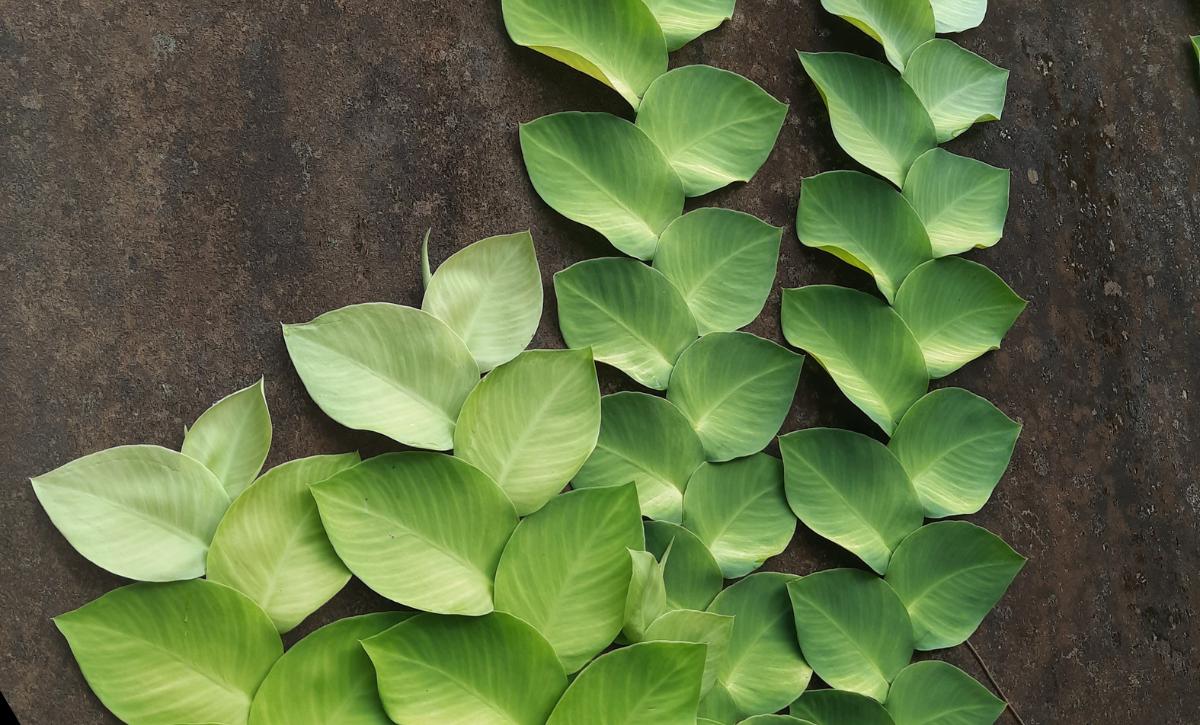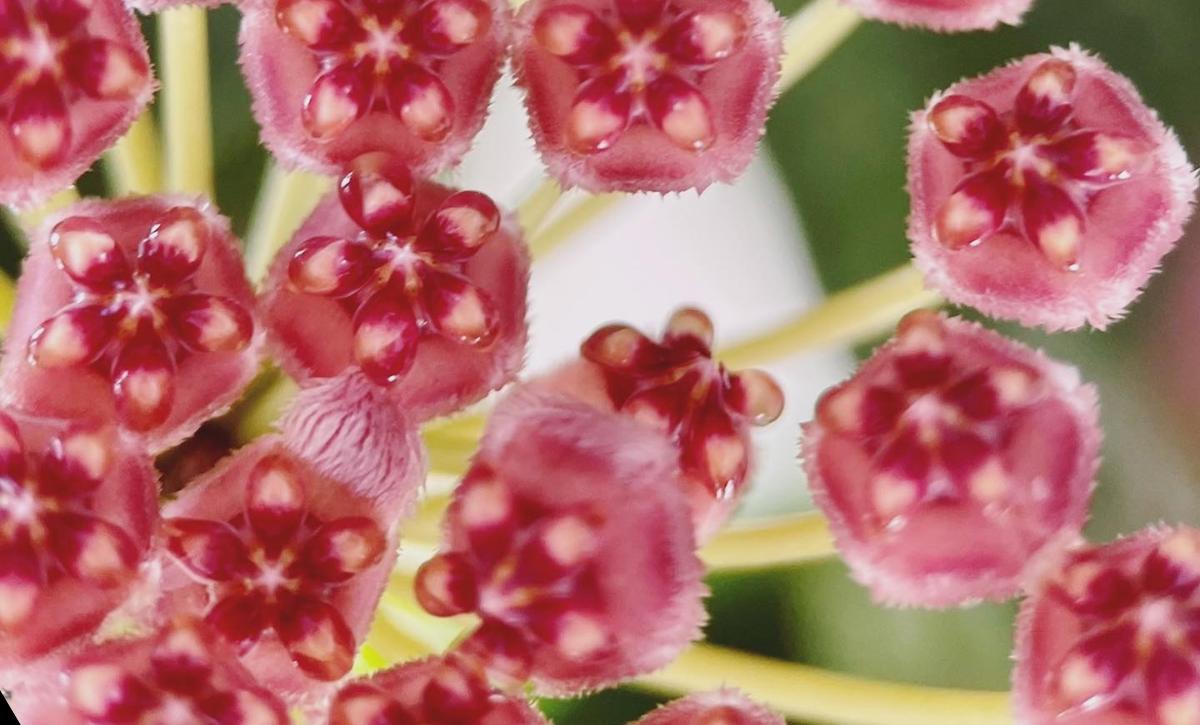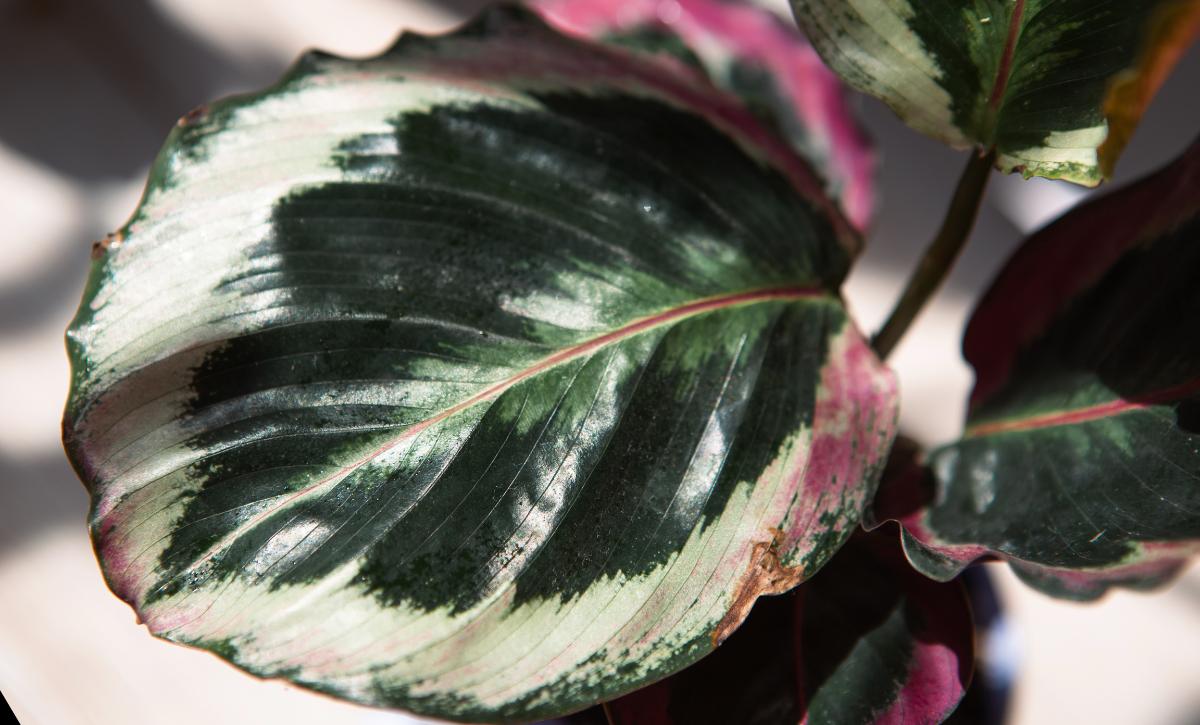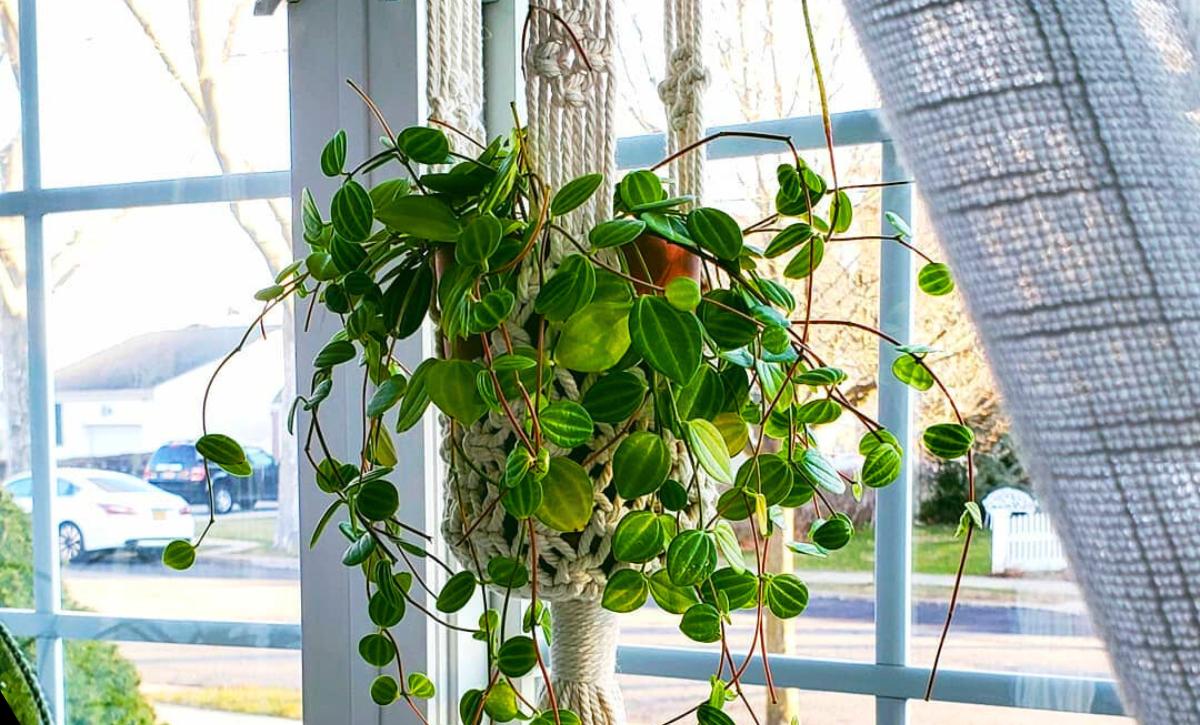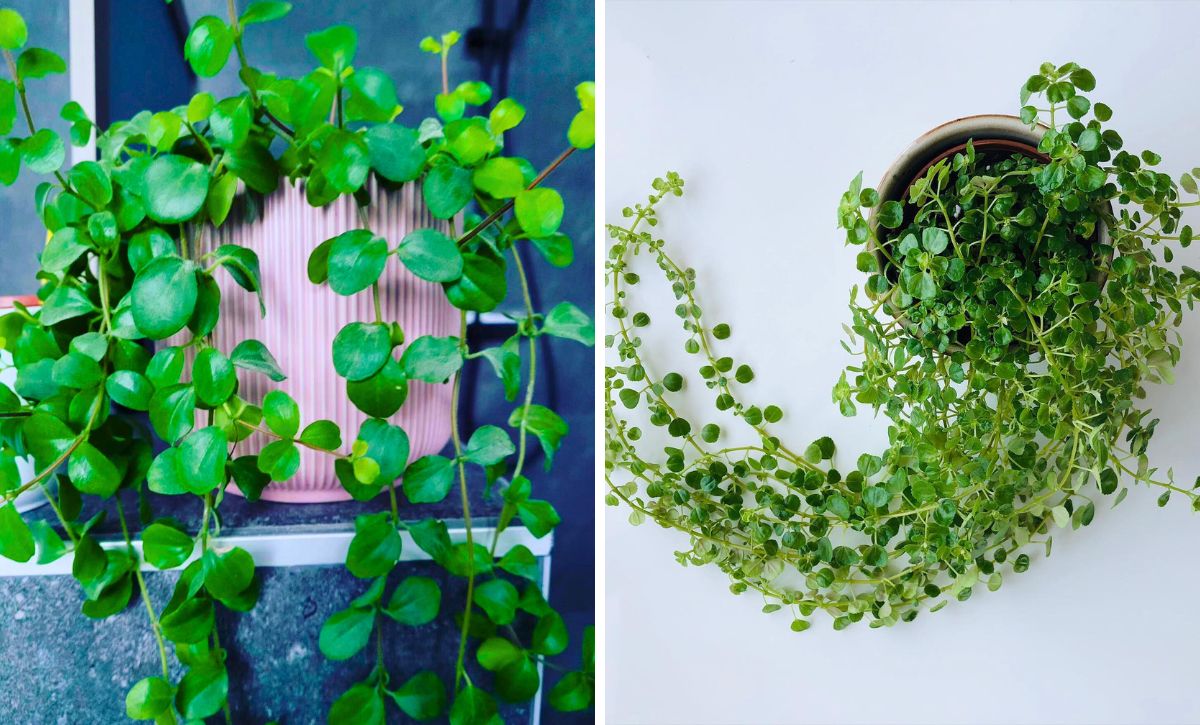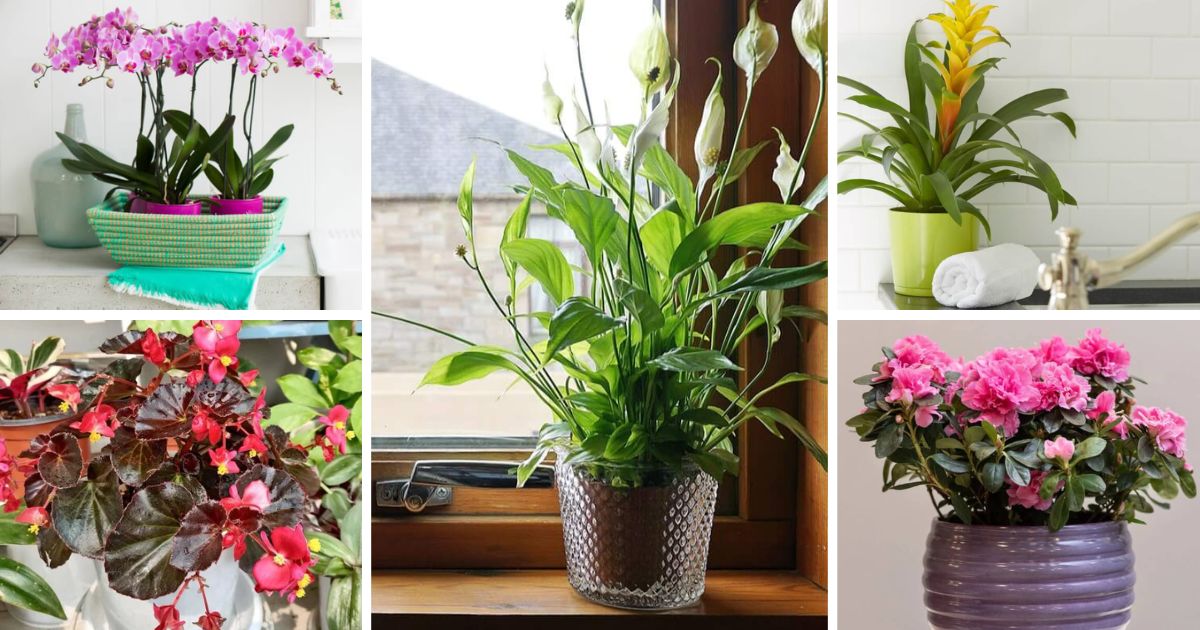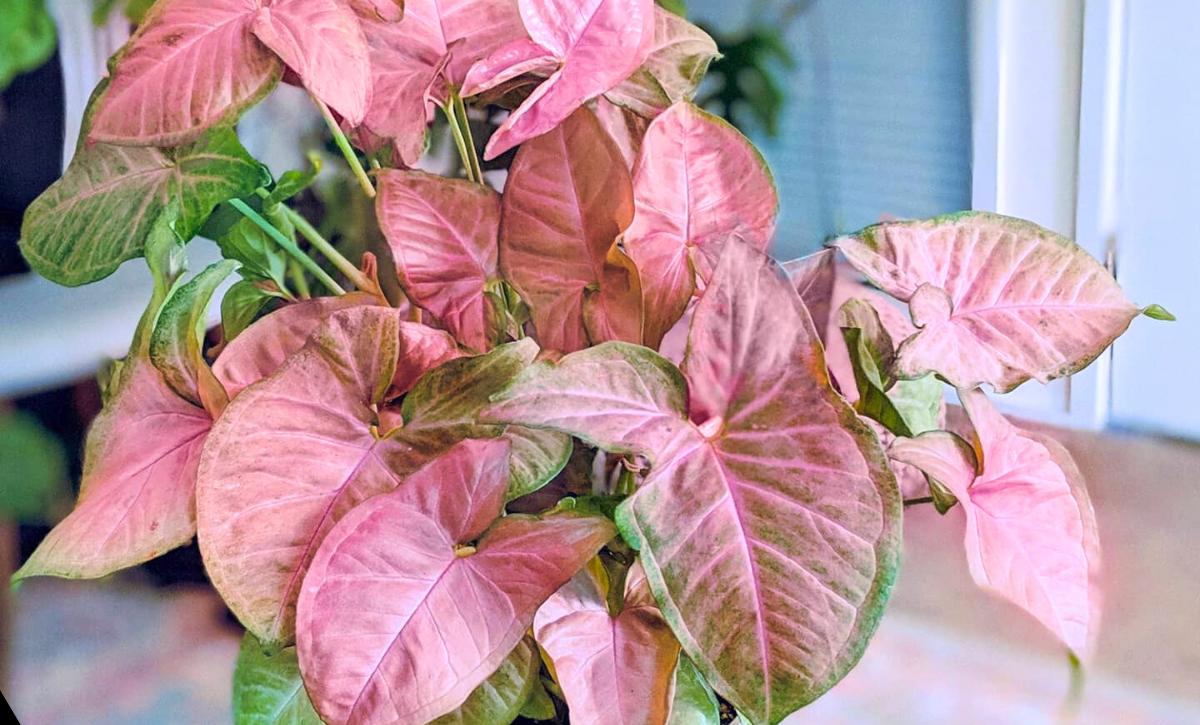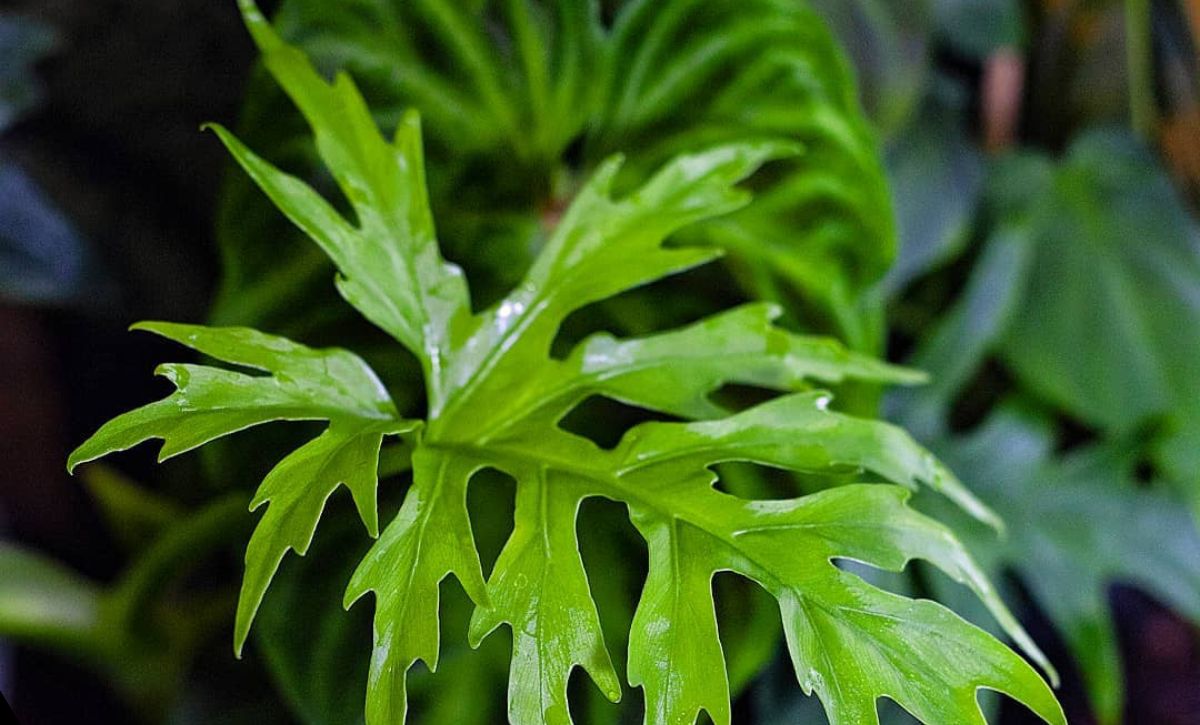Philodendrons are always a delight to add to any household. These low-maintenance houseplants are known for their beautiful foliage, which embellishes any place they are placed in.
Philodendron White Wizard and Philodendron White Knight are two of the most popular philodendron varieties. Their unique variegation patterns have made them popular among plant enthusiasts.
Let’s take a look at the general information regarding these plants:
| Scientific name: | Philodendron Erubescens’ White Knight’ and Philodendron Erubescens’ White Wizard’ |
| Native habitat: | Both originate from South America |
| Toxicity: | Toxic |
Philodendron White Knight vs. White Wizard
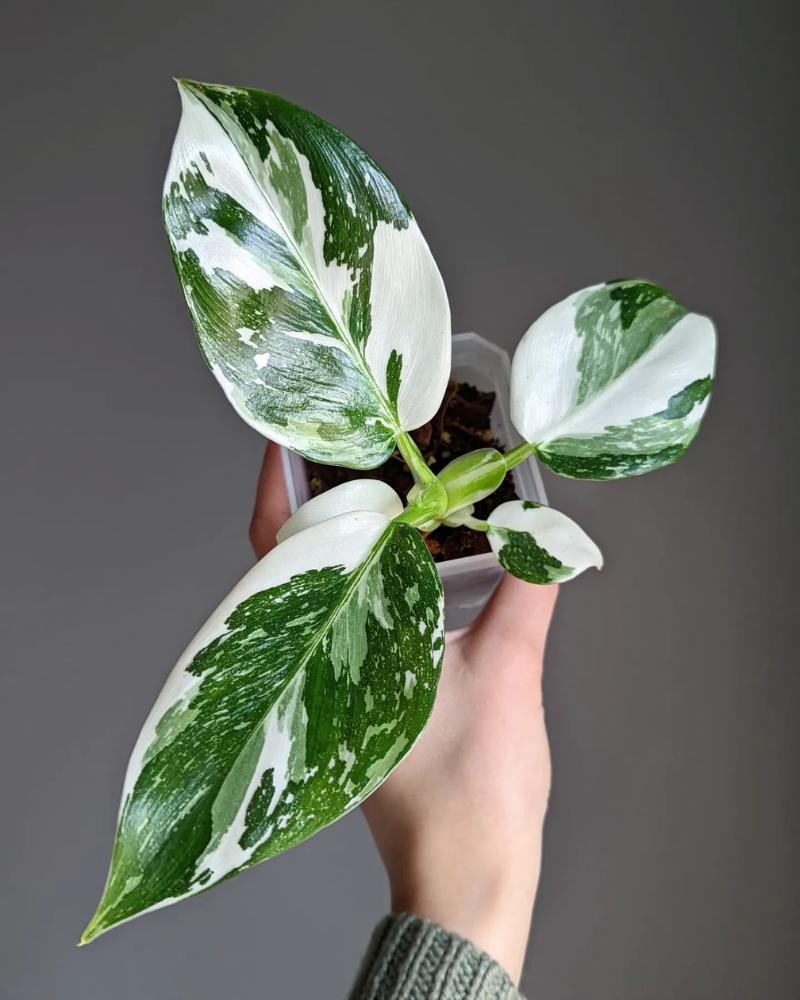
via gennasplants
Philodendron White Knight and White Wizard are closely related plants. Still, each has unique characteristics and features that set them apart. Some things that can help you distinguish them are their size and growth rate, the color of their foliage and stems, and the size of their leaves.
In this section, we’ll discuss the key differences between these plants to better understand how to distinguish them.
1. Foliage
The most notable features of these remarkable plants are their striking variegations.
However, more than the leaves’ color may be needed to discern these two plants. That’s why other attributes, such as the size and shape of the leaves, are essential to note when buying these plants.
The White Knight has small, oval-shaped leaves. On the other hand, the philodendron White Wizard has large, round-shaped leaves, which can grow up to 18 inches long and 12 inches wide.
The size isn’t that significant since both plants are known to be medium size.
2. Color
The most exciting thing about these philodendrons is their color.
Each plant has a unique color of its stem and different variegations of leaves. They are, however, always white and have color in common.
Stems
The White Knight has dark purplish-brown stems with white-edged cataphylls. The White Wizard, on the other hand, has a solid green stem that’s often hemmed or streaked with white lines.
This noticeable difference in the stem color of the two philodendrons makes it simple to tell the two apart.
Leaves
Differentiating these two philodendrons based on the color of their leaves can be pretty tricky.
For example, the White Knight has numerous variegations. There are plants with great white patches complementing the prominent green color. Others have verdigris leaves adorned by splashes of white only. You can also find plants with only white or green leaves.
Conversely, the philodendron White Wizard is characterized by dark green leaves with white patches.
3. Growth Rate and Size
The growth rate and size of these tropical houseplants are vital aspects you must consider before buying one.
The philodendron White Knight is fast-growing and can reach a height of 3 meters (9.9 ft) tall.
On the other hand, the philodendron White Wizard is slow-growing and reaches a height of 6-90 centimeters (2-3 ft) tall. Even though it might take a while before it reaches maturity, it will be worth the wait!
These tropical plants are ideal indoor houseplants, and all you need to do is find a suitable place with enough space, and they’ll take care of the rest.
White Wizard vs. White Knight: Similarities
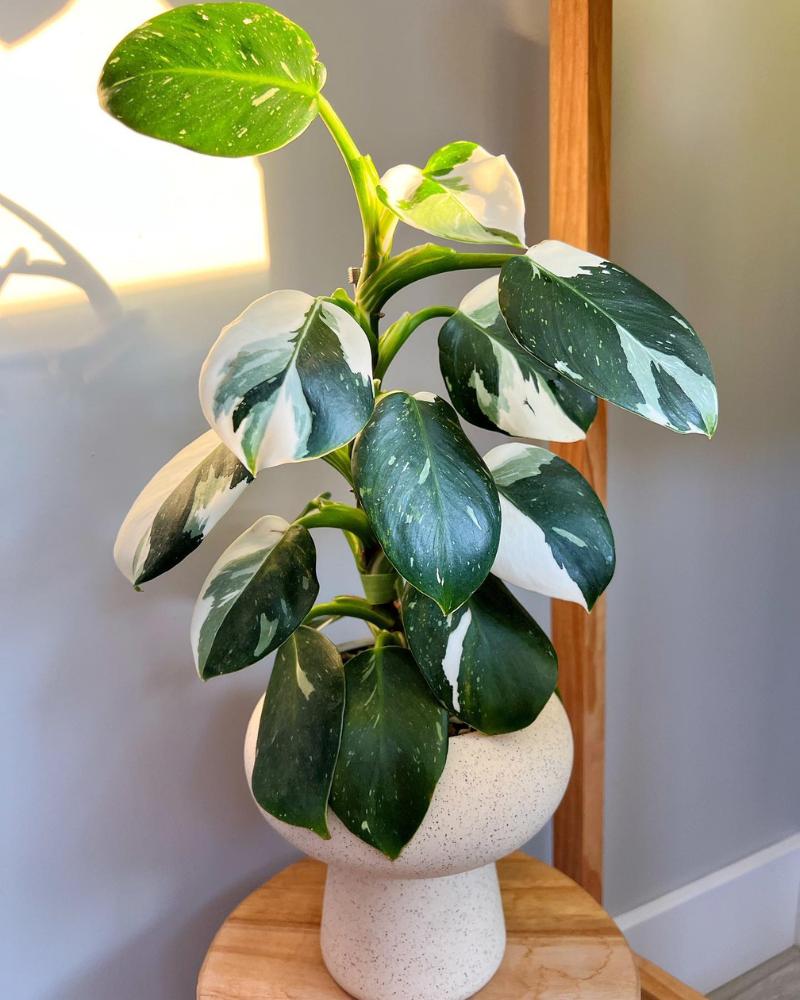
via herplantstories
The philodendron White Knight and the philodendron White Wizard have numerous similarities. This includes their care requirements, type and history, and the pests and diseases that attack them.
This section will cover these similarities to further your knowledge of differentiating between these two plants.
History
Both of these philodendron cultivars belong to the family Araceae and the genus Philodendron. Even though their history remains unclear, these two variegated philodendrons are native to South America.
The presence of white variegations is mainly attributed to the lack of chlorophyll. According to scientists, there are three ways to discern these variegation types:
- Viral mutations: This is the discoloration of philodendron foliage due to a viral infection.
- Chimeric mutation: This variegation type is caused by a random mutation. Philodendrons possess two kinds of tissue, one with a mutation and another without.
- Genetics: This is the inheritance of variegations from a mother plant.
Type
The philodendron White Wizard and philodendron White Knight are perennial plants, meaning they can last a couple of years with proper care.
These tropical plants are also climbers, so you should stake them for them to reach their full potential.
Growth And Care Requirements
The good news about these two philodendron cultivars is that they pretty much have similar care requirements. All you need to do is provide them with sufficient lighting, a proper aroid mix, and be careful with their watering. You’ll have glorious plants in your house!
Below is a care guide we have developed to help you take care of these philodendron species and reap their benefits.
Light Requirements
The White Wizard needs bright indirect light to flourish. We recommend placing it near a south-facing window for best results.
However, ensure your philodendron doesn’t come into contact with direct sun rays, so don’t place it on a windowsill. This plant has delicate foliage that will easily be scorched by direct sunlight, something you want to avoid at all costs.
The philodendron White Knight prefers indirect sunlight and medium light conditions. This cultivar’s leaves are also susceptible to sunburn, so avoid direct sunlight. The plant also thrives in low-light conditions. Still, it will need indirect lighting for better coloration.
One way of knowing whether your philodendron receives excess light is the yellowing of leaves. Once you notice this, start controlling the amount of light the philodendrons receive.
You can invest in some grow lights to help you control the light they receive.
Water
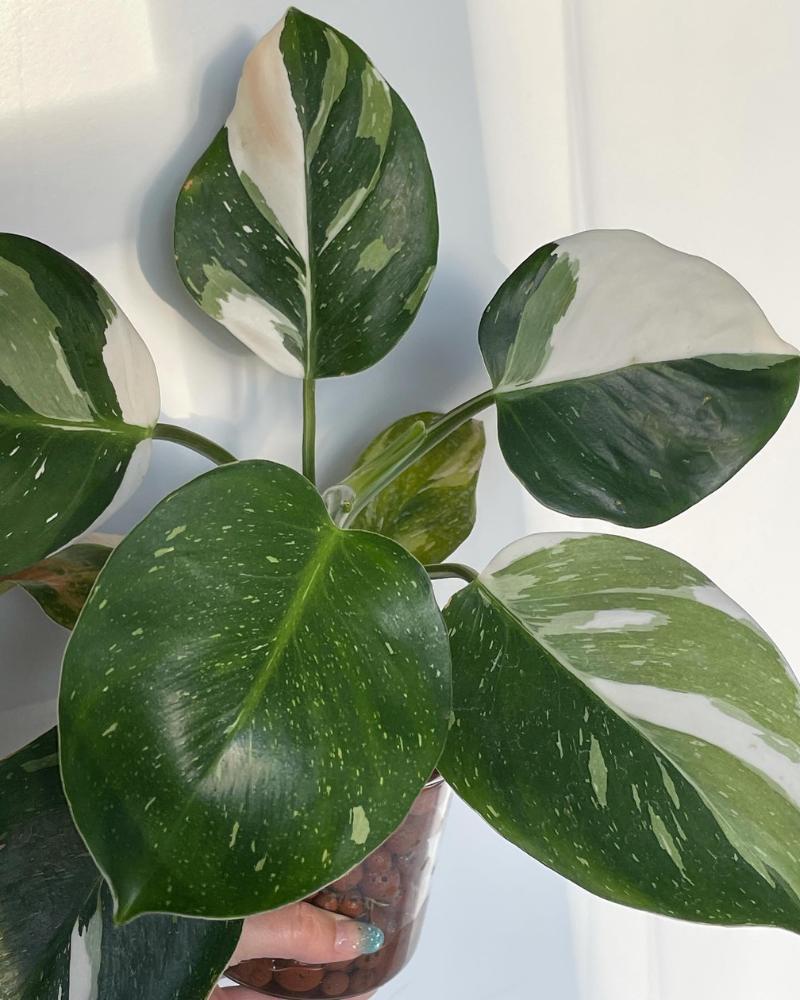
via plant.dojo
Although these cultivars are tropical plants, they don’t require frequent watering. Overwatering can lead to root rot, which can destroy your whole plant. So if you’re unsure whether your philodendron requires water, just leave it as it is.
To know if your philodendron needs watering, check the top 5 centimeters (2 in) of the soil. If it’s completely dry, you should water your plant.
You should water your philodendron thoroughly and allow the excess water to drain through the potholes.
Underwatering is also a severe concern for your philodendron. One sign of an underwatered plant is drooping leaves, so you know what to do if you see this.
Humidity
The humidity preferences of the philodendrons White Knight and White Wizard are almost identical. Both prefer high humidity levels, with humidity above 50% ideal.
There are several ways you can increase the humidity levels in your home to best suit your philodendrons. One way is through the pebble tray method. We recommend this method since it’s relatively simple and doesn’t lead to fungal infections.
Another way to raise humidity levels is through misting. Allow your plants to dry before you respray them to prevent fungal diseases.
If these methods seem a little bit too much to do, you can always invest in a good humidifier. This will create the ideal humid conditions for your plants while saving time and effort.
Climate and Temperature
The philodendrons White Knight and White Wizard love tropical climates with mild temperatures and high humidity. They thrive in room temperatures between 18-26℃ (65-80℉).
They are relatively hardy plants and can tolerate temperatures between 12 and 37°C (55-100℉). However, such temperatures limit their growth. Exposing the plants to extreme heat can kill them, while extreme frost completely halts the plant’s development.
For the best results, place your philodendrons at room temperature and keep them where they won’t be subjected to sudden temperature draughts and swings.
Soil
Philodendrons thrive in an aroid potting mix; these two are no exception. An aroid potting mi provides proper aeration and drainage and ensures your plant gets all the organic content and nutrients it needs.
The good thing about an aroid soil mix is that you can make it yourself. Take some orchid bark and perlite and add to your standard potting mix. This will make the soil well-draining and improve the aeration of the roots.
To improve water retention, incorporate some peat moss. Peat moss will retain moisture and provide it to your plant when needed.
Fertilization
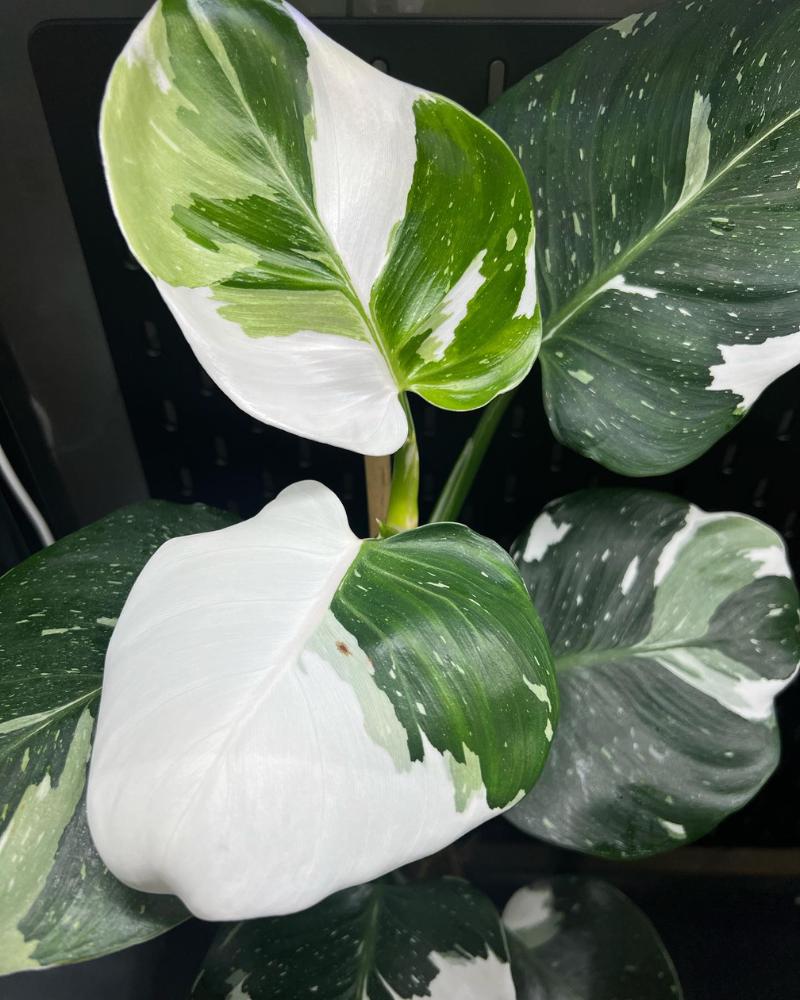
via plantastic_suna
Regular fertilization is crucial for philodendrons, especially during their growing season. One thing you should avoid, however, is overfertilization!
Overfertilization can be avoided by using the correct fertilizer. The philodendrons White Knight and White Wizard prefer liquid fertilizer since it provides all the essential nutrients. Ensure you dilute your fertilizer in water according to the package specifications.
An excellent example of a liquid fertilizer is the Triple 19 fertilizer. The fertilizer will ensure the soil has the required nutrients and won’t lead to fertilizer burn.
Pruning and Cleaning
Similar to all other species in the philodendron genus, these two plants will need regular pruning and cleaning. One thing is assured, though, they’ll be an excellent addition to your indoor jungle!
Ensure you use sterilized gardening shears when pruning your plants. This prevents bacteria transfer which can harm your plant.
Regular pruning is a great way to boost plant growth and promote healthy development. Cut off any old leaves from your plant and, for best results, ensure you begin from the bottom as you go up!
Pruning will also help you achieve an ideal height for your White Knight; it doesn’t have to take up too much space!
Remove any infected leaves to prevent the spread of diseases.
Cleaning is also of much importance as pruning. Use a wet cloth to wipe off the dust and dry the leaves afterward to prevent fungal infections.
Repotting
It would be best to repot these philodendrons at least once a year. This enables them to have adequate space for their root system development and new nutrient-rich soil, which promotes a faster growth rate.
Ensure you use a well-draining medium to avoid any instances of root rot occurring.
As they grow, the ideal time to repot these philodendrons is during spring. This gives them enough time to familiarize themselves with their new environment before entering dormancy in winter.
Propagation
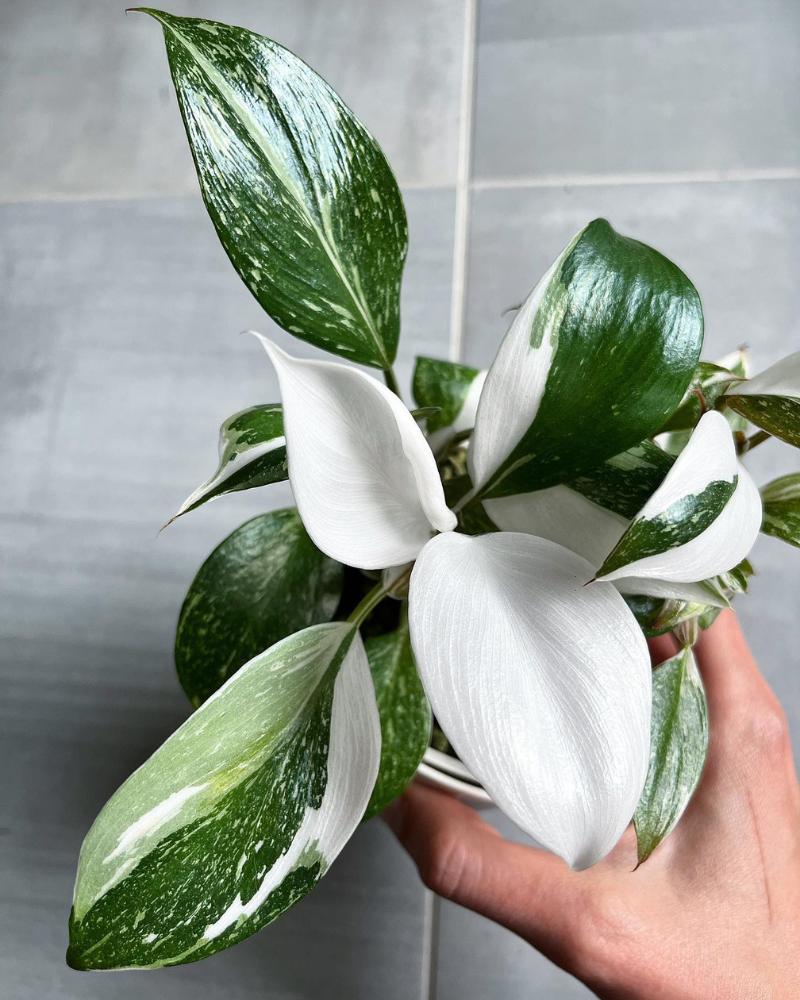
via only.my.plants
The easiest propagation method for philodendrons White Knight and White Wizard is through stem cuttings.
Cut off a cutting roughly 20 centimeters (8 in) long and put in a well-draining substrate rich in nutrients and organic material. Please place it in indirect sunlight and tend to its watering requirements.
You should begin seeing some root growth after a month and a half.
Common Issues
There are a few problems you could face if you own either of these philodendrons. Some of these problems include certain diseases and pest infestation.
Luckily, with some care, you can rescue your philodendrons.
Pests
Philodendron White Wizard and White Knight are susceptible to aphids and mealybugs. Handpick the pests if the infestation is new and on a microscale, and observe your plant for a few days for their return.
If you’re facing a more severe infestation, however, you can employ other alternative methods. You can spray your plant with high-pressure water, which can damage weak plants, so be very careful. You can also cut off the branch heavily infested by these bugs.
Another method of eliminating mealybugs and aphids is using diluted alcohol. It’s important to note that alcohol can harm your plant, so ensure it doesn’t touch your philodendron.
If all these natural methods fail to alleviate your problem, you can always use insecticidal soap!
Diseases
The philodendron White Wizard, White Knight, White Princess, and Pink Princess are prone to similar diseases.
One of the most common diseases that affect them is bacterial leaf spot. Using fungicides usually doesn’t solve this problem, so treating the disease early is paramount. To stop the infection from spreading, you need to quarantine the infected plant and cut off all infected leaves.
Another disease that philodendrons are susceptible to is root rot. Root rot is a fungal infection that’s caused by overwatering. There are several signs that may indicate root rot in your plant, including stunted growth, distorted, withering, and drooping leaves, alongside yellowing of leaves.
Root rot can quickly kill your plant, but there’s still hope if you notice these signs early enough. Take your plant out of its growing container and remove all infected roots. Infected roots usually are spongy in texture and brown or black.
Discard the decaying roots and rinse the healthy ones with water. Finally, repot your plant in a new pot with a well-draining substrate.
White Knight And White Wizard: How To Choose
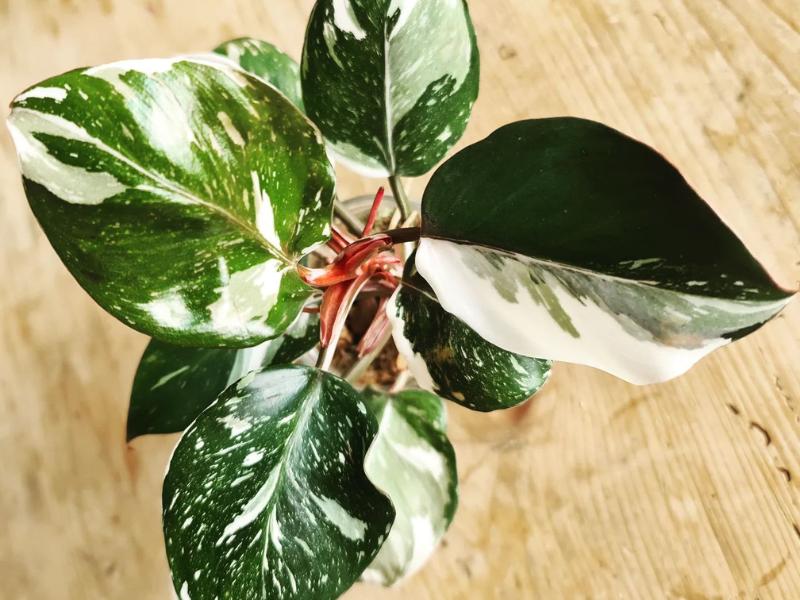
via rooted_lab
Honestly, we can’t find the superior plant between these two philodendrons; both of them are just so amazing!
They have uniquely-colored foliage that brightens any space they are put in, and they are also low-maintenance, which is the icing on the cake.
Features to Help You Choose
The only drawbacks of these two tropical plants are that they aren’t pet-friendly and are toxic.
Their foliage contains calcium oxalate, which can cause diarrhea, vomiting, and burn airways if consumed. Calcium oxalate can also cause eye and skin irritation, so ensure you wear protective gloves when propagating or pruning these plants.
However, if you manage to keep them out of pets’ reach, you’ll have fantastic houseplants you won’t regret.
The only feature of these two plants that can help you choose is their size. The White Knight is much bigger than the White Wizard, and you’ll have to decide which one best suits your preferences. If you have limited space or prefer smaller plants, the White Wizard is probably the best option.
If you want to make a statement with your houseplant and give your home that royal feel, then the White Knight is the perfect option.
Frequently Asked Questions
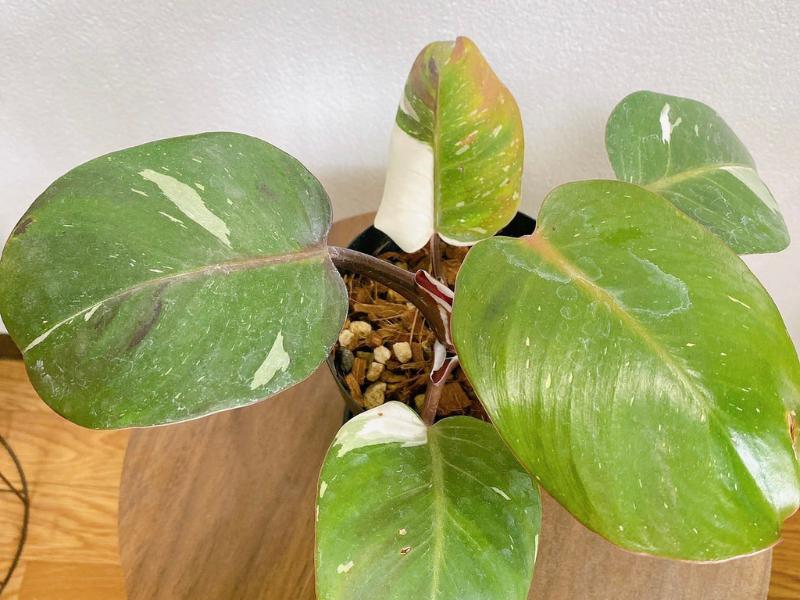
via nico_plants_
This section will cover some of the most common questions regarding the philodendron White Knight and White Wizard.
Is the philodendron White Knight rare?
Yes. This tropical plant is quite rare, and you’ll have to go through several avenues before you get your hands on one.
Both the White Wizard and White Knight are rare plants and also expensive. The stem cutting for either plant costs around $250, and a mature plant costs about $1000.
Does the White Wizard have stable variegation?
The stability of variegations in the White Wizard will depend on the type of variegation. For instance, variegations as a result of inheritance from mother plants or viral mutations are stable.
However, as discussed earlier, chimeric mutation involves two types of plant tissue: non-mutated and mutated. Suppose you multiply the stem with white leaves. In that case, you’ll have a variegated philodendron. However, your new philodendron won’t be variegated if you propagate the stem with green foliage.
Is the White Knight a good plant?
Predominantly, the White Wizard and the White Knight are good plants since they are low-maintenance. With only a little effort, you can transform your living room into a beautiful, lush green jungle.
The fast-growing plant reaches considerably high heights and is perfect if you adore illustrious and grand settings.
Final Remarks
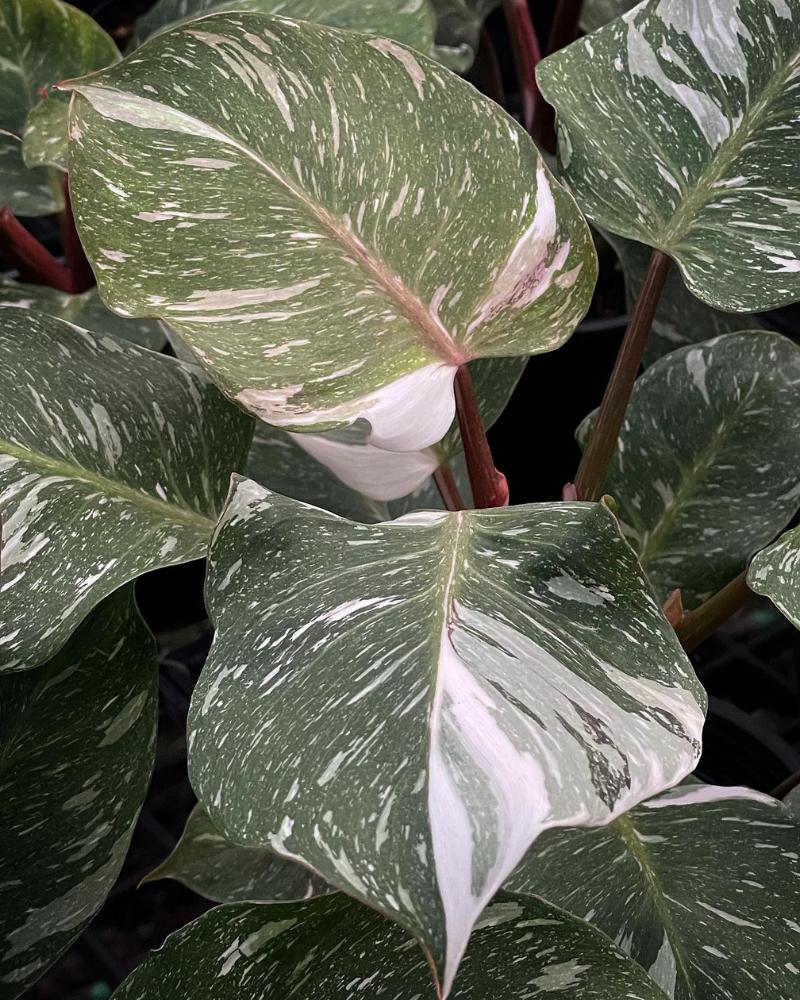
via poonsingarden
Having compared the philodendron White Knight and White Wizard, it’s pretty evident that these plants possess unique characteristics and features that make them ideal houseplants.
They have relatively the same care guide, so you won’t have a headache deciding which is the best for you.
The most significant differences are in the color and size of the plants. The philodendron White Wizard is the perfect option if you prefer smaller plants that won’t take up too much of your space. However, if you don’t mind having a massive plant in your home, you should probably go for the White Knight.
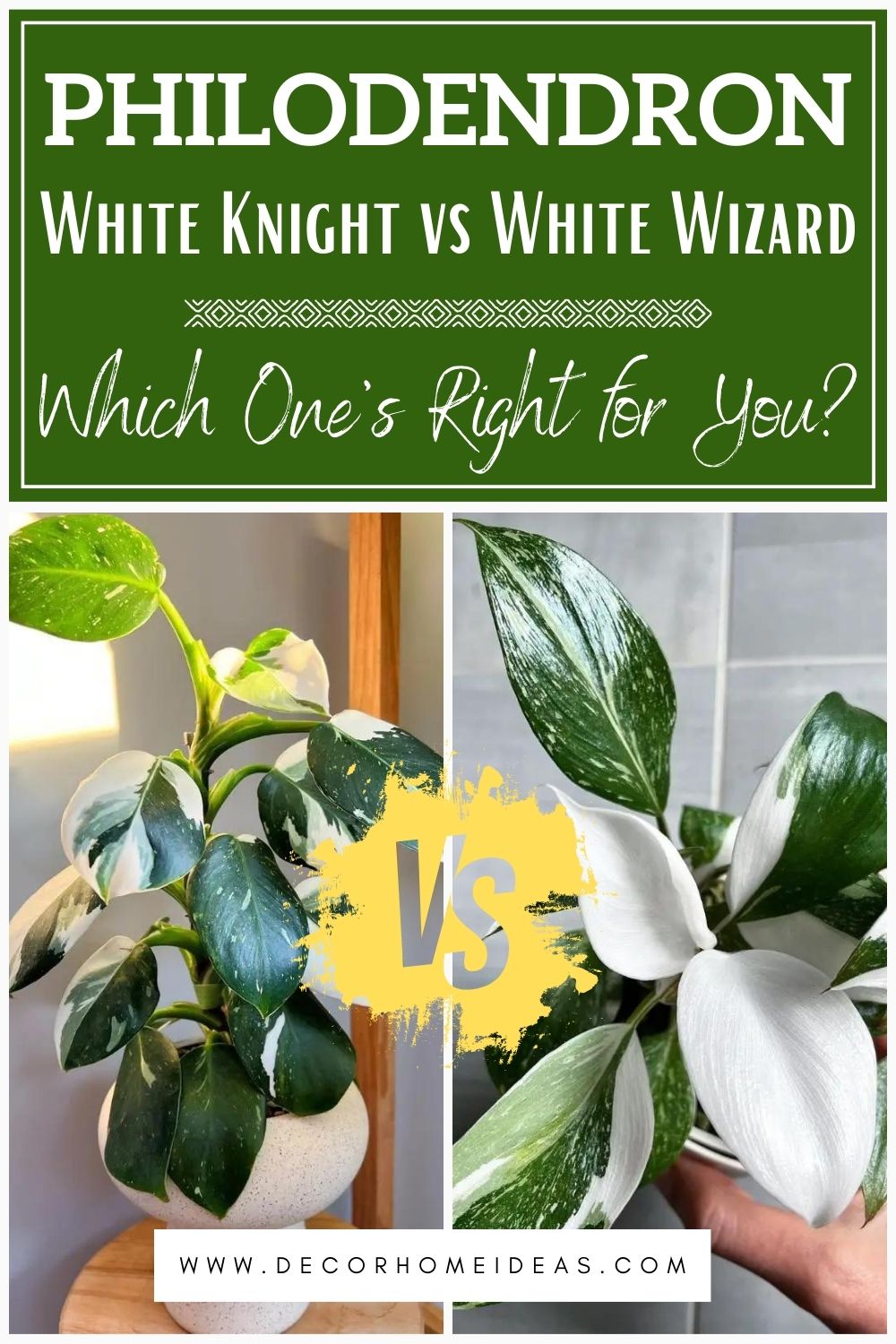
Whichever philodendron you choose, we’re sure it’ll take your decor game to the next level and be a perfect addition to your other houseplants.
Have a wonderful day!

